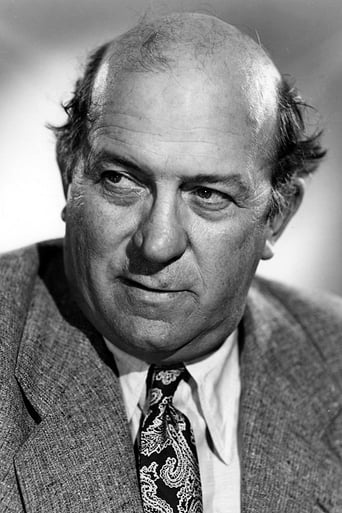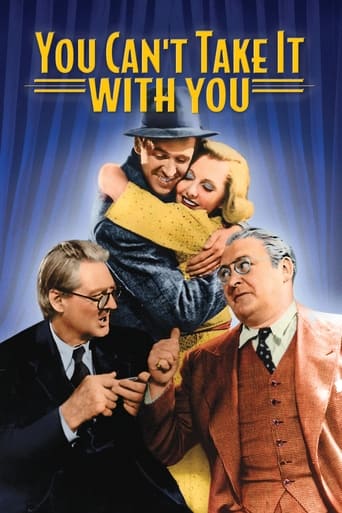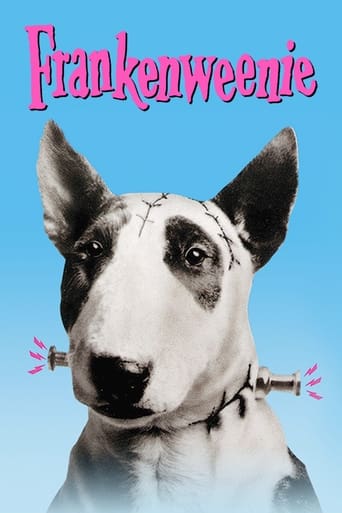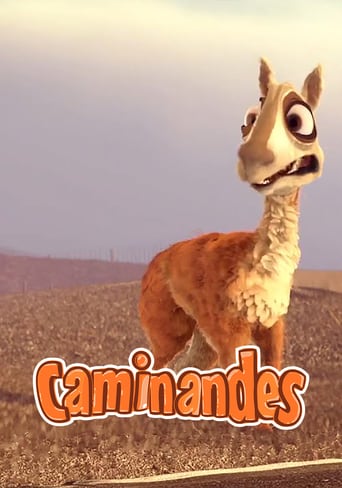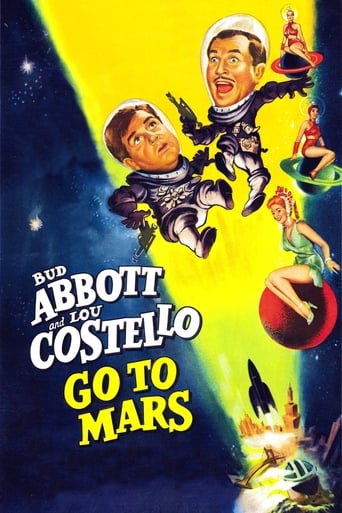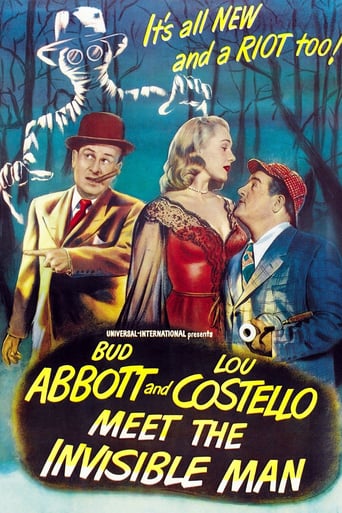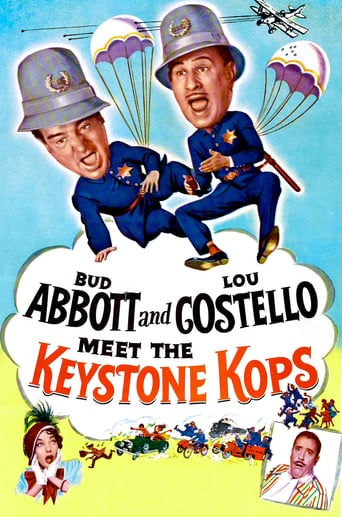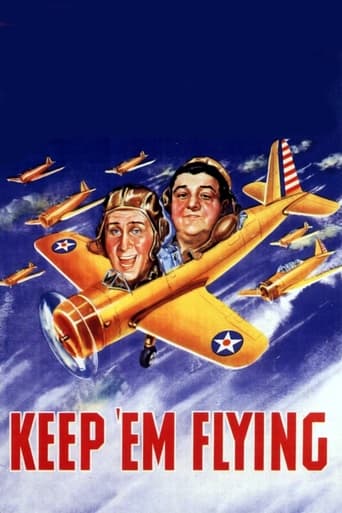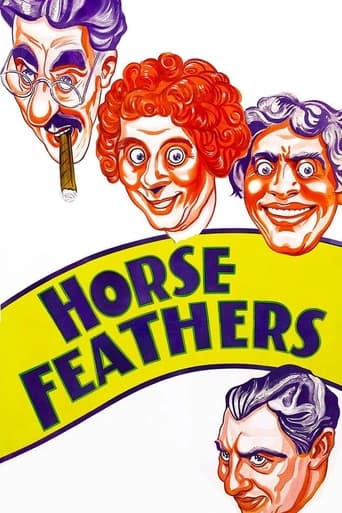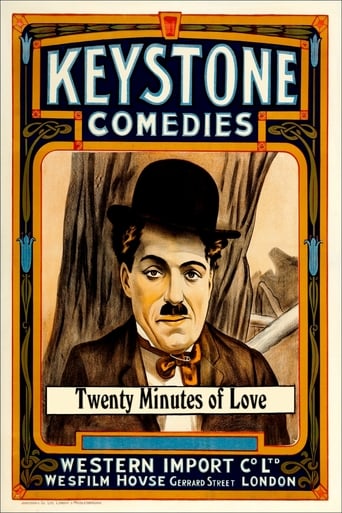
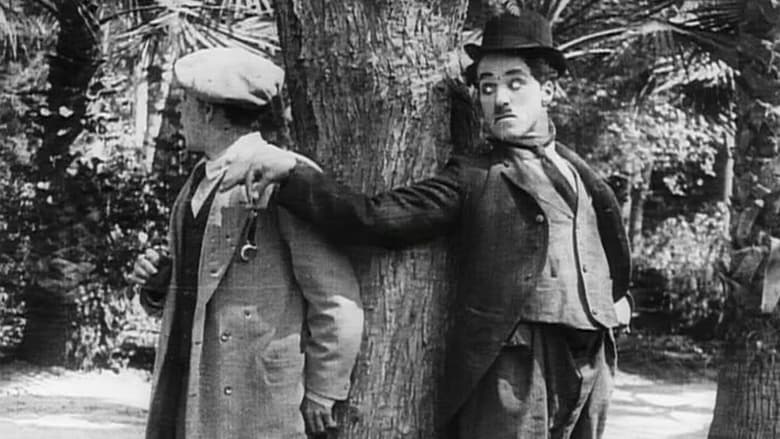
Twenty Minutes of Love (1914)
Charlie is hanging around in the park, finding problems with a jealous suitor, a man who thinks that Charlie has robbed him a watch, a policeman and even a little boy, all because our friend can't stop snooping.
Watch Trailer
Cast
Similar titles
Reviews
Very interesting film. Was caught on the premise when seeing the trailer but unsure as to what the outcome would be for the showing. As it turns out, it was a very good film.
This is one of the few movies I've ever seen where the whole audience broke into spontaneous, loud applause a third of the way in.
After playing with our expectations, this turns out to be a very different sort of film.
There are moments in this movie where the great movie it could've been peek out... They're fleeting, here, but they're worth savoring, and they happen often enough to make it worth your while.
Am a big fan of Charlie Chaplin, have been for over a decade now. Many films and shorts of his are very good to masterpiece, and like many others consider him a comedy genius and one of film's most important and influential directors. He did do much better than his directing debut 'Twenty Minutes of Love', still made very early on in his career where he was still finding his feet and not fully formed what he became famous for. Can understand why the Keystone period suffered from not being as best remembered or highly remembered than his later efforts, but they are mainly decent and important in their own right. 'Twenty Minutes of Love' is a long way from a career high, but has some nice things about it.'Twenty Minutes of Love' is not as hilarious, charming or touching as his later work and some other shorts in the same period. The story is flimsy and the production values not as audacious. Things feel a little scrappy and confused at times and Chaplin's directing debut does betray inexperience.For someone who was still relatively new to the film industry and had literally just moved on from their stage background, 'Twenty Minutes of Love' is not bad at all. While not audacious, the film hardly looks ugly, is more than competently directed and is appealingly played. Chaplin looks comfortable for so early on and shows his stage expertise while opening it up that it doesn't become stagy or repetitive shtick.Although the humour, charm and emotion was done even better and became more refined later, 'Twenty Minutes of Love' is mildly amusing, sweet and easy to like, though the emotion is not quite there. It moves reasonably quickly, though not without its dull spots, and doesn't feel too long or short. Overall, far from one of Chaplin's best and patchy but not bad. 6/10 Bethany Cox
Because of their improvisational style there are often confusions in Keystone films, but this one has far more than average, both on screen and off.First there is confusion over who is the director. Maddern gets listed on the camera reports, but Maddern was only with Keystone for a month. At least 3 of his 4 other movies were documentaries, and the fourth is unknown. Chaplin, in a letter, a few months later to his brother Sidney, has the words "my own" next to this one in a list of his films. This might mean that he came up with the idea for the film rather than that he directed it. If he really directed it, One would expect him to list it as his first film in his autobiography, but he lists "Caught in the Rain" filmed a few weeks later. Maddern may have just set up the camera and let the actors direct themselves. This may have caused Chaplin to later take credit for it. Since nothing else remains of Maddern's oeuvre, it is impossible to know for sure who deserves credit or blame for this.In the very first shot, Chaplin walks towards the camera, but turns around to shout something at somebody he has just left behind. Who is he talking to? What is he talking about? The film leaves it a dead issue, but one has to suspect that elements of plot, and perhaps important ones were cut out before this first shot.Chaplin sees Edgar Kennedy and Minta Durfee making out on a park bench. Does Chaplin know Durfee? He turns and hugs the tree next to him. Is it because he has known Durfee and lost her or is he just love sick in general? It is impossible to know. If he did know Durfee before, his next action would make more sense. He goes to the park bench and observes Durfee and Kennedy kissing from inches away. He starts to hold Durfee's hand. If Chaplin doesn't know her, this is quite perverse. If he does know her, shouldn't she have more of a reaction. One should probably blame this on bad direction, whoever the director was.A few moments later, Chaplin follows Eva Nelson behind some bushes. He finds a couple sitting near the river. Again Chaplin goes up and looks at them as if he knows them, but the man only responds by knocking Chaplin down. This is another moment where the actor and audience don't seem to know what is going on. It suggests to me that something was cut out.At this point, we get a new beginning with Eva Nelson asking her boyfriend Chester Conklin (without his trademark Walrus mustache) to get her a present. He goes off and pickpockets a watch. Before he can give it to her, Chaplin, doing a Ford Sterling impression from the movie "Between Showers" steals the watch.Some good slapstick between Conklin, Durfee and Chaplin make up a bit for the plot inconsistencies. At least this middle section of the film has a clear plot and actions. Still, one would like to know why Chaplin steals the watch a second time after giving it to Durfee to show his love. Does this prove that he really is a pickpocket after all and the love show for Durfee was just an act? Again we get confused or unclear motivations that the audience can only guess at.The ending is the usual keystone chaos breaks loose type, with Chaplin kicking cops into people and lots of bodies flying into the river.While not without some moments of fun, Chaplin's eleventh film does not resonate and I would put it near the bottom of his Keystone work. The films he did just before and after this one, "Mabel Takes the Wheel" and "Caught in a Cabaret," in contrast go to the top. These Mabel Normand directed films are terrific.
In his autobiography, Chaplin recorded that "Twenty Minutes of Love" had produced "continuous laughs throughout", even though it had been shot in a single afternoon. It has not weathered as well as many of his later comedies, but while re-watching all his shorts in chronological order, this is the earliest one in which I've found a laugh-out-loud moment of true hilarity (described in some detail below). It may not be coincidence that (in August of 1914, when his memory was fresher) Chaplin stated this was the first film he had directed himself.It's an early example of a "park" film, no more difficult to follow than others of the genre, once one has attuned one's attention to performance styles and conventions of the times. Luckily the film is short enough that it can easily be viewed multiple times without hardship, to help train one's eyes and mind to follow a story without sound.DETAILED BUT SMALL-SCALE SPOILER The various conflicts with various couples are pretty standard; the instant of magic for me involves a twice-stolen watch. Charlie has stolen it from the pocket of a man he does not know is a thief. Chased by the thief, and alarmed at the proximity of a policeman, Charlie attempts hurriedly to sell the hot watch to a man asleep on a park bench, who unbeknownst to Charlie, is the watch's original owner.The transaction (like all of Chaplin's silent conversations) is communicated brilliantly and (if you watch, and think) clearly in pantomime. We see Charlie offer the watch and set a price. We see the owner perceive the watch as familiar and check his pockets, discover his watch is missing and realise that this is indeed his own stolen watch being offered back to him.We see the owner try to tell Charlie that this is his watch, and Charlie agrees "yes, it's yours once you pay me". After a more forceful repetition from the man, Charlie understands that this man is claiming to be the true owner of the watch! It is Charlie's reaction of quickly pulling the watch back with suspicion, disbelief and resentment at what he considers so transparent an attempt at fraud, that I find still works so well.It's a complex set-up for the time, and modern audiences who through inexperience with the Keystone-era silent comedy find the fast-paced action confusing enough to lose track of the characters and their histories will miss it entirely. It's a very well-constructed gag, though - the audience alone knows the full truth, while each character has a partial view that seems to contradict the other's. The audience understands perfectly the confusion of the characters. (Alas that the dissection of gags is never as funny as the gags themselves.) There are other laughs in the movie, but for me this was the best by far.
In 1914, Charlie Chaplin began making pictures. These were made for Mack Sennett (also known as "Keystone Studios") and were literally churned out in very rapid succession. The short comedies had very little structure and were completely ad libbed. As a result, the films, though popular in their day, were just awful by today's standards. Many of them bear a strong similarity to home movies featuring obnoxious relatives mugging for the camera. Many others show the characters wander in front of the camera and do pretty much nothing. And, regardless of the outcome, Keystone sent them straight to theaters. My assumption is that all movies at this time must have been pretty bad, as the Keystone films with Chaplin were very successful.The Charlie Chaplin we know and love today only began to evolve later in Chaplin's career with Keystone. By 1915, he signed a new lucrative contract with Essenay Studios and the films improved dramatically with Chaplin as director. However, at times these films were still very rough and not especially memorable. No, Chaplin as the cute Little Tramp was still evolving. In 1916, when he switched to Mutual Studios, his films once again improved and he became the more recognizable nice guy--in many of the previous films he was just a jerk (either getting drunk a lot, beating up women, provoking fights with innocent people, etc.). The final evolution of his Little Tramp to classic status occurred in the 1920s as a result of his full-length films.It's interesting that this film is called TWENTY MINUTES OF LOVE since the film only lasts about 10 minutes! Oh well. The plot, what little there is, involves the Little Tramp in the park. A couple wants to neck but inexplicably, Charlie insists on practically sitting on the couple's lap and really annoying them. I can't understand why and the short consists of Charlie wandering about the park annoying these people and some others later in the film. Perhaps he was looking for a threesome, I don't know. But the film lacks coherence and just isn't particularly funny--even when people start slapping each other and pushing each other in the lake. A typical poor effort before Chaplin began to give his character a plot and personality.


